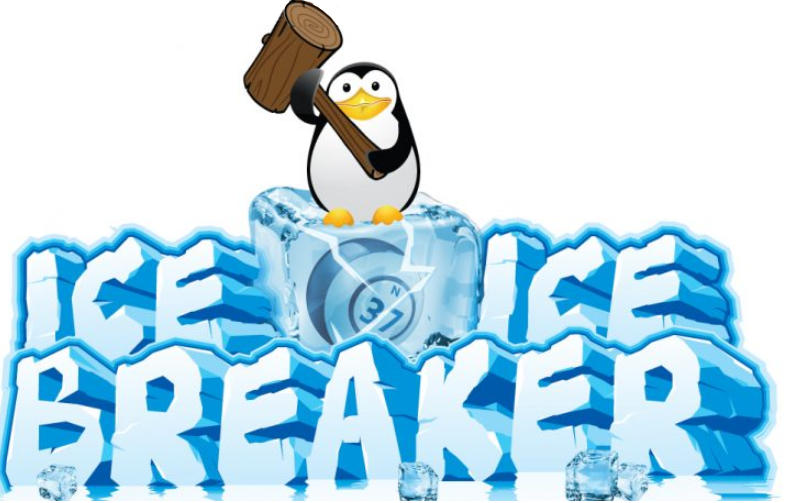By Marcy Fortnow, Engaging Play
Ice breakers get such a bad rap. Just hearing the words can make people roll their eyes, brace themselves for awkwardness, or start planning an exit strategy. Even in a recent New York Times article about the value of connection in remote teams, the author opens by disparaging them—before ultimately admitting how much one helped her team warm up and connect. (Which made me smile, because… exactly.)
But here’s the thing: I love ice breakers. I use them all the time—in workshops, retreats, meetings, and yes, even social gatherings. And I will proudly stand up for them.
Why? Because when they’re done well—with intention, lightness, and just enough structure—they work. They help people get to know each other in easy, human ways. They build comfort and connection, opening the door to better communication, collaboration, and overall trust. And they do all that without a single slide or spreadsheet.
Just last night, I hosted a potluck game night for the ladies in my building. At the start, I passed around a bowl filled with slips of paper—each one with a simple sentence starter like “My favorite…” or “The most unbelievable thing…” Everyone pulled one and shared their answer. It was a gentle way to start the evening, but here’s the kicker: we ended the night with another round—because they wanted to! That’s the power of a well-placed prompt.
Now, I know some ice breakers fall flat. The ones that try too hard, get too personal, or (worst of all) embarrass people? Yeah, I don’t use those either. But don’t throw out the whole idea because of a few cringey experiences. With a little care and intention, they can create a meaningful sense of connection. They’re about opening the door to real human connection—and that’s what helps teams (and communities) thrive.
Sometimes the term ice breaker itself is the problem. It sounds forced, outdated, maybe even a little cringey. So let’s rebrand – call it a moment of connection, a conversation spark, a team tune-up, or even a warm-up round. I’ve used phrases like culture starters, connection kickoffs, or just getting-to-know-you games. The name doesn’t matter nearly as much as the why behind it: helping people feel comfortable, curious, and ready to engage.
When we lead with intention and keep it human, these moments—whatever we call them—set the tone for meaningful collaboration.
For more insights on engaging activities, connect with me at marcy@engagingplay.com, or join us at SEAF where we support excellent facilitation!


Recent Comments